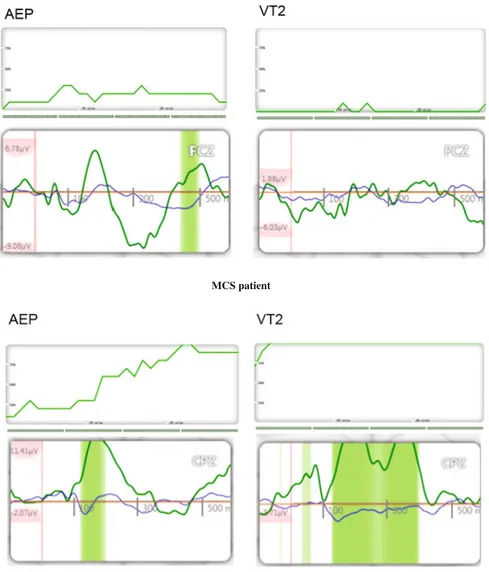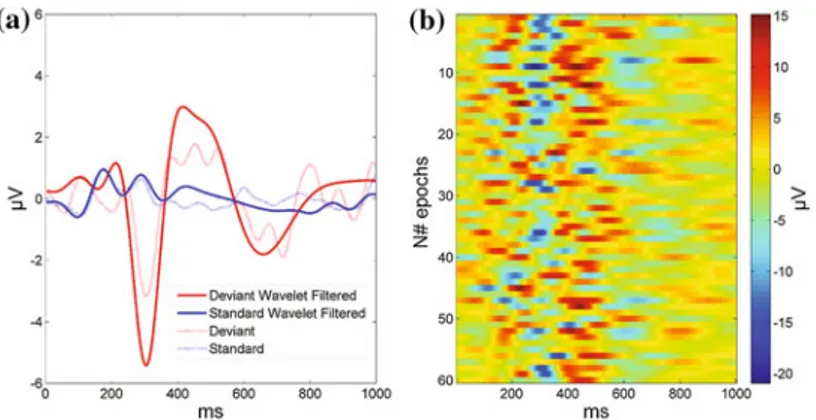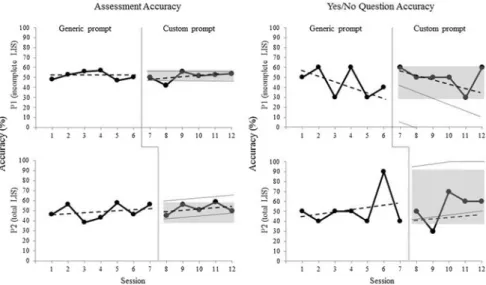Trends in BCI Research I: Brain-Computer Interfaces for Assessment of Patients with Locked-in Syndrome or Disorders of Consciousness
Texte intégral
Figure




Documents relatifs
We do so by following the specific process of setting up a new microscope, which tells us how the team created a sense of unity among its individual members and how this unity,
Nous verrons plus tard dans le mémoire quels processus ont été mis en place pour remonter les différents paramètres d’une configuration produit au référentiel RACHEL.... Ce
Comme cela été montré 112 , le mode de répartition peut avoir un impact substantiel sur le montant reçu par une commune ; loin de constituer des variations marginales, l’exemple
Branche HKHH INBB ITMM DEFF HUHX PLPX DEFF HUHX PLPX ITMM AU2S BRSP HKHH INBB SGSG DEFF HUHX PLPX AU2S BRSP HKHH INBB SGSG DEFF FRPP HUHX PLPX AU2S BRSP HKHH INBB DEFF FRPP HUHX
Commission européenne, Livre vert, « Construire l’union des marchés de capitaux », février 2015.. 16 bénéfiques pour l’économie réelle. Par exemple, l’UMC permettrait
L’analyse UHPLC montre qu’il n’y a plus de produit de départ, le milieu réactionnel est filtré sur afin de récupérer le réactif supporté et le réactif supporté est
Among patients who had a response to induction therapy with ustekinumab and underwent a second randomization, the percentage of patients who had clinical remission at week 44
The decrease in the tumor IFP could also explain the increase in perfusion and oxygenation by a mechanical effect: as the IFP decreases, there could be less pressure on tumor


![Fig. 8 From [31]. Glucose metabolism as measured with FDG positron emission tomography, BOLD resting state default mode network activity and BOLD mental imagery as measured with functional MRI in different states of consciousness](https://thumb-eu.123doks.com/thumbv2/123doknet/5801665.139792/15.659.85.578.89.278/glucose-metabolism-measured-positron-tomography-functional-different-consciousness.webp)